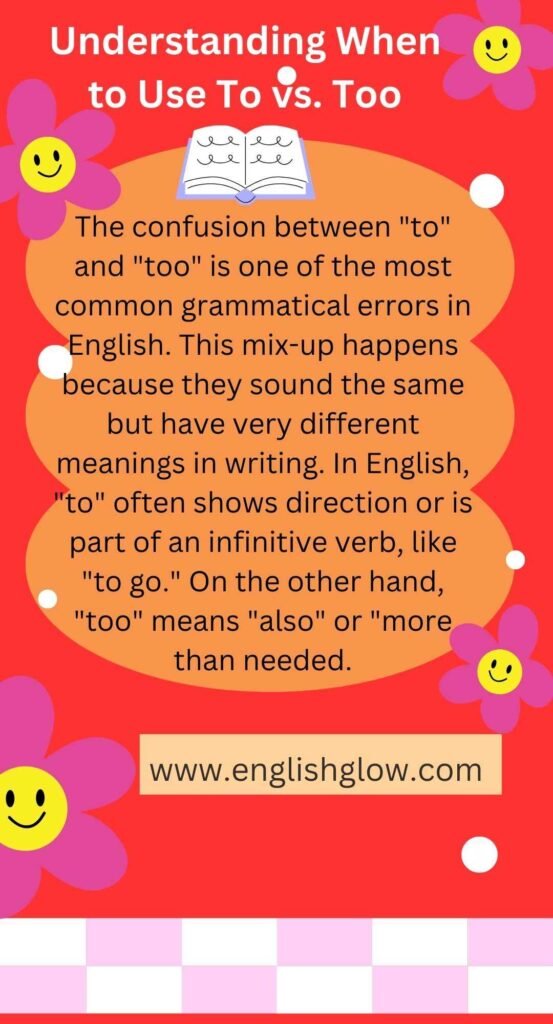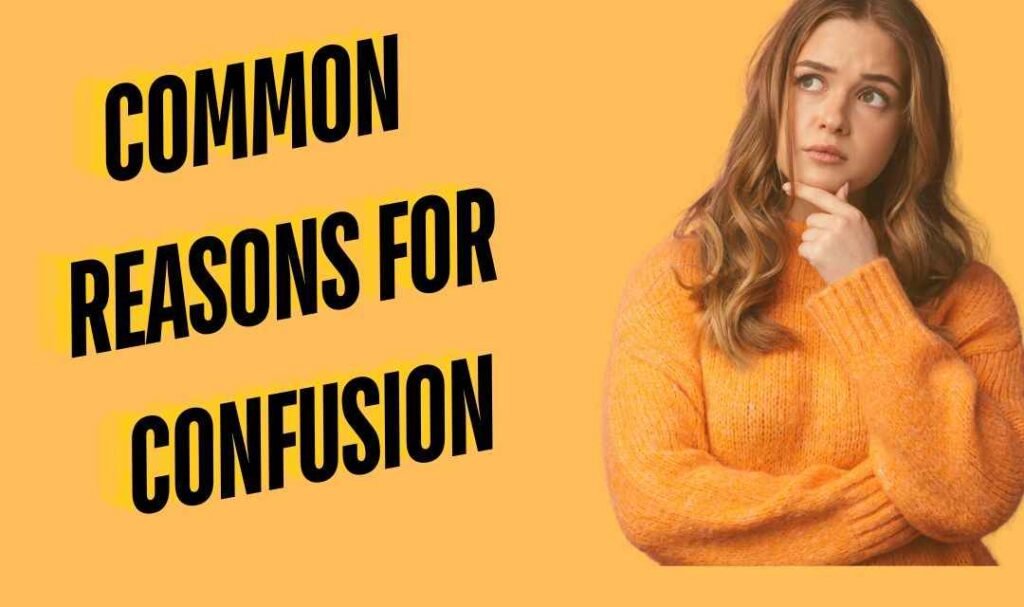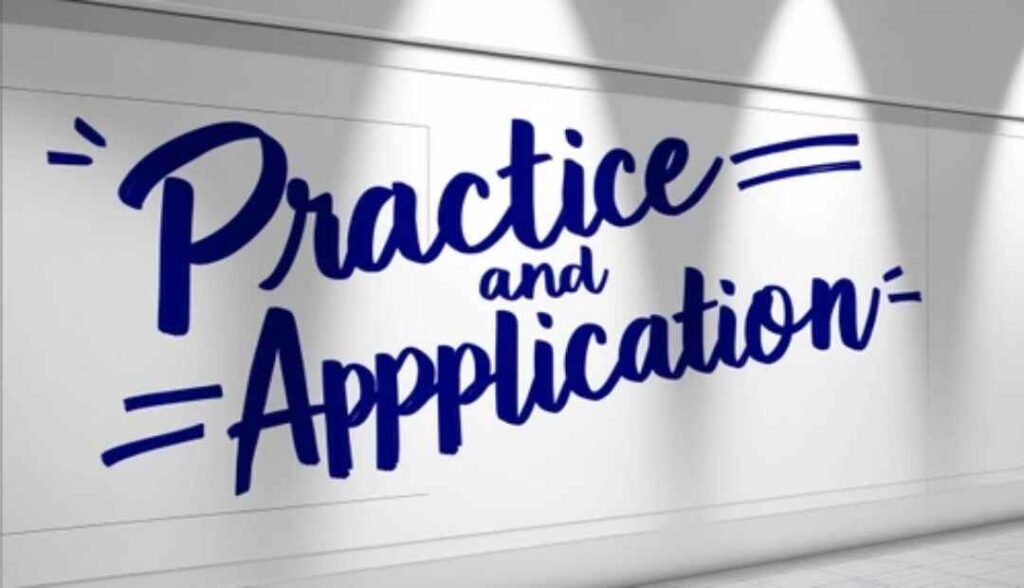I once saw a sentence on a wall in a coffee shop in China, and it made me question the usage of “too short to.” The phrase seemed off, like it was grammatically incorrect or missing something. The sentence read, “Life is too short to spend time with people who share happiness with you.” It struck me as odd because usually, you hear, “Life is too short to spend time with people who don’t share happiness with you.” The negation felt important, and without it, the whole meaning changed. I couldn’t help but wonder whether the writer had skipped a critical part or if it was just an inaccurate translation. I even found myself staring at the screen, thinking of the correct way to phrase it.
Thinking about this brought me back to those awkward teenage years. A photograph of Jeremy Clarkson wearing short-shorts on holiday flashed through my mind, sparking thoughts of fashion mistakes we all make. You know, like wearing thighs-tight pants in summer when it’s way too hot for that! It was the same kind of feeling—something not quite right, yet you can’t exactly put your finger on it. It’s like the grammar of life itself; we spend so much time worrying about things that seem off but might just be fun in the end. Whether it’s pondering the correct usage of phrases, wondering if the right preposition or an infinitive verb is used, or deciding if a retro short-short look is worth it, it all boils down to how much we overthink simple things. The guide to grammar teaches us that phrases like “too short” might look like they’re pointing in a specific direction or action, but their meaning depends on context. Are my pants too short because they don’t reach my ankles, or is my time too short to even worry about it? All these questions about grammar and excessiveness remind me of life’s little confusion—in both words and actions.
Understanding When to Use To vs Too
The confusion between “to” and “too” is one of the most common grammatical errors in English. This mix-up happens because they sound the same but have very different meanings in writing. In English, “to” often shows direction or is part of an infinitive verb, like “to go.” On the other hand, “too” means “also” or “more than needed.” When we say something is “too short”, we are talking about something being shorter than necessary. These two words might sound the same, but they have distinct roles, and knowing their usage can help you avoid common pitfalls.
If you practice creating sentences using both “to” and “too”, your writing accuracy will improve over time. For example, using “to” in the right context can indicate direction, while “too” can express excessively short conditions, like pants being too short. The nuances of prepositions, adverbs, and other parts of speech may seem small, but they make a big difference in how you communicate. With enough practice, you’ll naturally choose the correct word without hesitation, and you’ll be less likely to fall into this frequent mix-up that affects so many learners
you might enjoy reading: Other Ways to Say Happy Friday (With Examples)
Too Meaning Also
When it comes to the word “too”, it can have different meanings depending on the context. One of the common uses is to show excess, as in the phrase “too short.” Here, “too” emphasizes that something, like a dress, is excessively or undesirably short. The shortness goes beyond what’s considered appropriate or comfortable. However, “too” can also mean “also” or “in addition.” For example, “The skirt is too short, and the color is unflattering too.” In this case, the first “too” refers to an excess, and the second “too” means “also.” Understanding this difference in usage is important for clarity in writing.
I remember reading a bite-sized article in the Gents Cafe Newsletter, which highlighted these grammar rules over a cup of coffee or a cocktail. It’s important to note that using “to short” instead of “too short” is always incorrect because “to” is a preposition or part of an infinitive verb. It can’t modify an adjective like short. The correct way is to use “too short” to show that something has crossed a threshold. Whether it’s physical objects like clothing or abstract concepts like time, applying this grammar rule will help you express yourself more accurately and avoid a common grammatical mistake. With practice, using these words correctly becomes second nature and helps create more polished writing.
Common Reasons for Confusion
Many people make the mistake of using “to” when they actually mean “too”, especially when writing phrases like “too short.” Even though the grammar rule is clear that prepositions like “to” do not modify adjectives, this mistake is still widespread. One reason is homophone confusion. Since “to” and “too” sound exactly the same in speech, it’s easy to mix them up.
Another common reason for this error is a grammatical misunderstanding about the different functions of the words. People may not know that “too” indicates something is excessive, while “to” shows direction or purpose. This leads to an overreliance on phonetics, where people write based on how the words sound, not on their meaning. Understanding this can help avoid the misuse of phrases like “to short,” which should always be “too short.”
The Evolution Argument
Some people argue that language evolves, and how we use words over time should influence what is considered correct. They believe that usage should dictate correctness, meaning if enough people use “to short” instead of “too short,” it might eventually become acceptable. However, this view doesn’t work well in formal writing and professional contexts where following standard grammar rules is crucial. Using proper grammar ensures your message is clear and maintains your credibility when communicating.
In these settings, adhering to standard rules isn’t just about being right—it’s about ensuring clarity. While language does change over time, it’s important to understand the difference between informal usage and what’s expected in a professional environment. Being careful with grammar helps avoid misunderstandings and shows a level of professionalism that is valued in any formal context.
How to Avoid the Error?
One common mistake is using “to” instead of “too”, especially when describing something like the length of clothing. To avoid this error, it’s helpful to pause and think about the intended meaning. If you’re trying to say that something is excessive or more than necessary, like “too short,” then “too” is always the correct choice. Using “to short” doesn’t make any grammatical sense because “to” is a preposition, not meant to modify an adjective like “short.”
Whenever you’re in doubt, consider the context. If you’re describing the length of something or trying to express that it’s more than desired, remember that “too” fits the meaning. Pausing and considering your words can help you make sure your writing is clear and free of this common mistake. It’s a simple tip, but it works wonders in ensuring your sentences make sense.
Too Short to… When and How to Use It Correctly
To improve your understanding of how to use “too short,” it helps to create example sentences and use them correctly in your writing. A good practice is to read aloud what you’ve written. Hearing the sentence can often help you catch errors. If it sounds like you’re saying something excessive, you probably need to use “too.” For example, “The skirt is too short” means the skirt is shorter than needed.
Another helpful tip is to rephrase your sentence if you’re unsure. Instead of saying, “The skirt is too short,” you could try saying, “The skirt isn’t long enough.” This method helps you avoid mistakes and ensures you’re using the words in the right way. The key is to keep practicing and being mindful of your usage.
With enough time and effort, distinguishing between “to” and “too” will become second nature. By focusing on these small details in your writing, you can improve your overall communication skills and avoid common grammatical mistakes.
you might enjoy reading: Transform Your Invites: Other Ways to Say Save the Date
Memory Techniques
One of the easiest ways to remember when to use “too” instead of “to” is by using the Extra O trick. Think of the extra “o” in “too” as representing something extra or excessive. When you mean something is more than enough, like “too short,” you’ll need to use “too” with two o’s. This mnemonic device can help you recall that “too many o’s means too much.” So, if you’re talking about something being shorter than it should be, like a rope that is excessively short, you know you’re on the right track with “too short.”
Another useful technique is the Substitution method. If you’re unsure whether to use “too”, try to replace it with words like “excessively” or “also”. For example, if you say, “The rope is excessively short,” and the sentence makes sense, then you can be sure you’re using “too short” correctly. This method is an easy way to check your sentences and avoid mistakes.
Pay attention to contextual clues too. Typically, “to” is followed by a verb in its infinitive form, like “to go,” or used as a preposition to indicate direction, such as “going to the store.” But when you’re describing an adjective like “short,” you’ll need to use “too.” These simple memory techniques help ensure your writing stays clear and accurate, and they make it easier to handle tricky grammar rules.
Practice and Application
A good way to improve your understanding of “to” and “too” is by creating example sentences and using them correctly in your writing. The more you practice, the more it will feel natural.One helpful tip is to read aloud what you’ve written. Hearing the sentence can often help catch errors. If it sounds like you’re saying something is excessive, you probably need to use “too”.Another method is to rephrase your sentence when you’re unsure. For example, instead of saying, “The skirt is too short,” you could try, “The skirt isn’t long enough.” While everyone makes mistakes, the key is to keep practicing and staying mindful of your usage. With enough time and effort, distinguishing between “to” and “too” will become second nature.
Clarifying the Difference: “To” vs. “Too” Explained
It’s critical to understand the difference between to and too for clear and effective communication. “To” is often used as a preposition or as part of an infinitive verb, while “too” means excessively or also. Many people get confused because they sound similar, but their meanings are different. With regular practice and being mindful of the context, you can avoid making this mistake in both writing and speaking.
If you’re unsure, it’s always a good idea to double-check your sentence. For example, if you’re saying something is more than needed, like “too short,” remember that too is the right choice. Over time, with some effort, you will be able to confidently choose the correct word and navigate this common grammar challenge easily.
Keep practicing these small details to improve your skills. Being aware of when to use “to” and “too” will greatly enhance your writing and speaking skills. It’s a simple step, but it makes a big difference in how people understand you.
You might enjoy reading: Maximal vs Maximum: Discover the Crucial Difference





